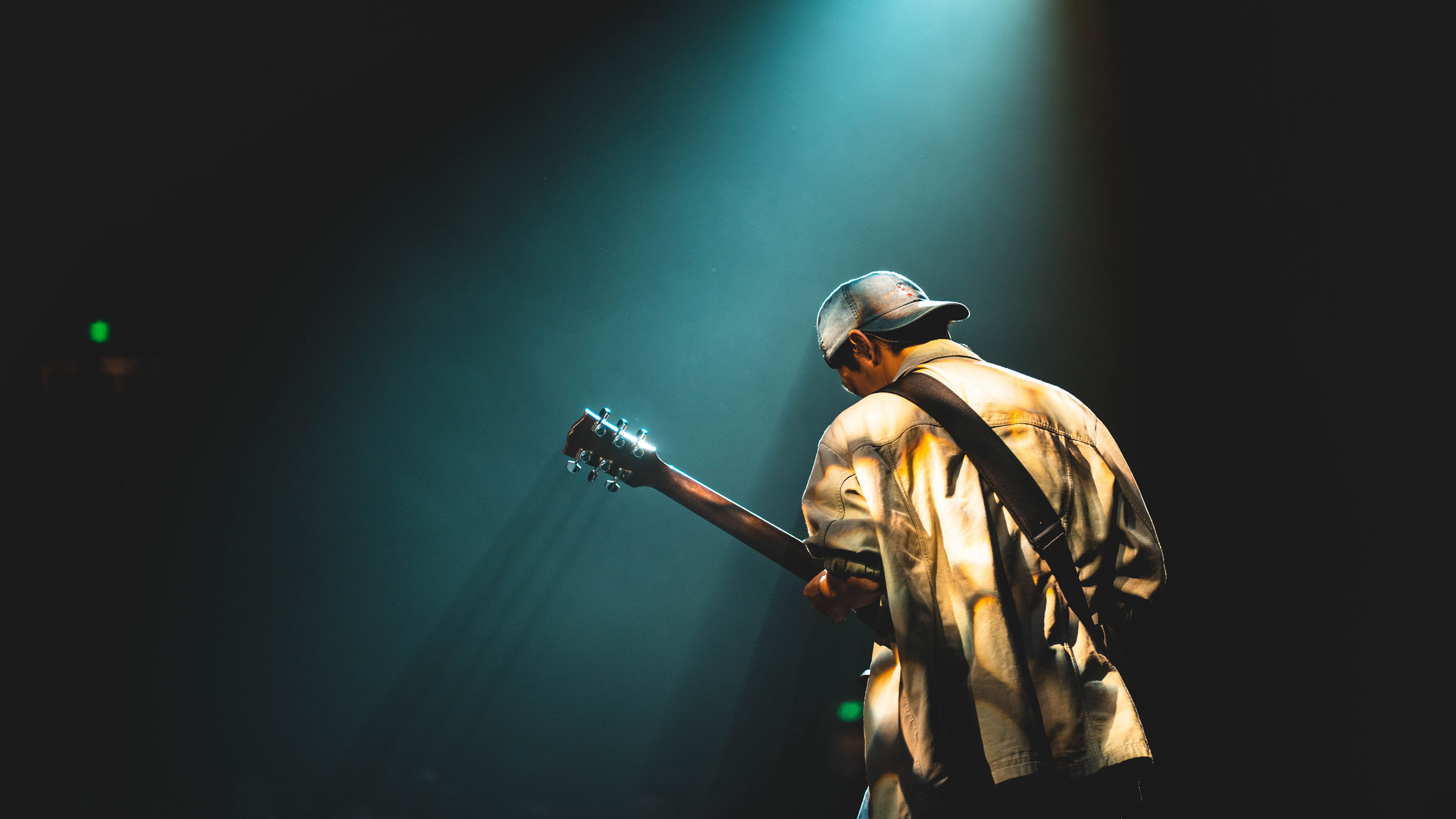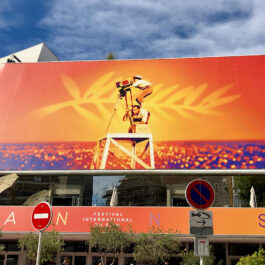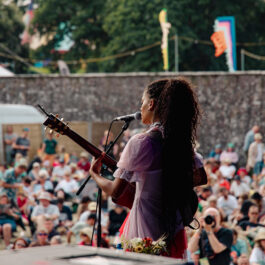Large concerts and festivals were among the first things to fall victim to this past year of disappointments – and they are likely to be among the last things to return when the “new normal” comes around. However, time, science and the ingenuity of the music industry are all on our side. Add up all the positive indicators for the upcoming live music season, and we may just be looking forward to an epic summer of gigs! Cross all your fingers and toes as we evaluate the evidence…
Vaccine-nation
With multiple vaccines in various stages of approval, vaccination drives all over the world and unprecedented levels of international solidarity and collaboration to speed up distribution, the temptation to feel overly optimistic is huge. Realistically speaking, it is likely to take at least a year for a considerable chunk of the global population to be vaccinated, so don’t expect us all to be hugging strangers in a mosh pit without any additional safety measures anytime soon. However, once high-risk groups start receiving the vaccine, the virus becomes less threatening by the day, and restrictions – including those on crowd sizes – can be relaxed. Young, healthy, unvaccinated concert-goers may still be at risk, but at least the danger of infecting other, high-risk individuals will continue to decrease as time goes on.
Small. Outdoors. Distanced.
The first events to bring live music back to a stage near you are likely to be small or outdoors or distanced – or all of the above. Several countries all over the world successfully trialled concepts in compliance with coronavirus restrictions in the summer of 2020, and some are even back to what almost looks like normal. After several strict regional lockdowns, Australia saw the first festivals of the southern hemisphere summer, China’s club scene has taken steps towards reopening, and Taiwan has been hosting massive arena shows for months. The crucial premise is a consistently low national or local infection rate, which only a few countries have achieved, but which will become increasingly likely once northern hemisphere spring arrives. Since the global events industry is generally well-connected, organisers in other countries can learn from these successes and implement similar strategies once infection rates drop.
Crowd Control
Speaking of learnings: a German study completed in the summer of 2020 gives us hope – and some clear instructions – for indoor concerts. Over the course of a “simulated” gig, participants (who had all tested negative for the coronavirus) were equipped with a contact tracing device. 1,600 audience members watched a real concert under near-normal conditions, within three different scenarios. The evaluation of movement data showed that only few contacts lasted long enough to exceed the threshold of an infection risk. Measures to reduce wait times at entrances, exits and refreshment stands could reduce or even eliminate these contacts. In addition to mask-wearing, the study identified adequate ventilation as the key to safe indoor events. After a full summer season of outdoor concerts to test hygiene concepts, by next winter, we should be ready to move gigs indoors again.
Testing, Testing, Testing
Of course, the fact that all participants in the above-mentioned study were tested in advance points towards one of the other most promising mid-term strategies for large events. Since COVID-tests have become faster, cheaper and more widely available, subjecting every single visitor to a rapid test or requiring them to show proof of a negative test result no longer seems unrealistic. With this extra safety barrier at the entrance, revellers would effectively be partying within a large bubble – one that protects those within, but also those on the outside once everyone returns home. Smaller festivals have already trialled this approach and Glastonbury founder Michael Eavis is considering it for his festival – one of the most famous in the world.
Outside The Box
If you can’t create a giant bubble, simply put everyone in their own little bubbles. 2020 saw countless original attempts at pandemic-safe concerts, from drive-in shows and festivals with assigned seating, to a Flaming Lips gig performed by and played to people in literal plastic bubbles. The novelty of these unusual gigs put a smile on our faces as we sat at home pining for live entertainment, but no one is under any illusion that they are financially viable in the long run. However, they are proof of the creative drive and ingenuity of an industry that won’t go down without a fight.
Making A Virtue Out Of Necessity
To many, last year’s socially distanced concerts and festivals looked like a poor substitute for the real thing. Others found that they could finally enjoy an experience that had once seemed off-putting. The live music industry could tap into the previously underserved demographic of music fans who hate crowds, standing and dirty portaloos – and who are more than willing to pay extra for a more relaxing, premium experience that just happens to also be safer in the midst of a pandemic. Boutique festivals have been on the rise for some years now, and even though socially distanced festivals won’t be to everyone’s liking – or suit everyone’s budget – their potential is worth exploring.
Finding The Time
In the most optimistic scenario, where large parts of the population have been vaccinated, infection rates are down and effective hygiene measures as well as proven event concepts have been determined, we could all be seeing our favourite artists live by the middle of this year. This will create the next, extremely enviable problem many of us may face: We simply won’t have the time or money to attend all the concerts we would want to. You probably still hold tickets for concerts that were postponed from 2020. You may also be waiting with bated breath for the long-overdue global tour to accompany the mid-lockdown release of your favourite band’s new album. Add to that every birthday party, wedding and other event pushed from last year into the uncertain future, and you may just find yourself perpetually double-booked. We can’t wait!

Support The Industry
Of course, until that dream becomes a reality, our collective sense of anticipation alone is not enough to keep an entire industry afloat. To ensure that we have live music to look forward to – whenever it becomes safe to enjoy it again – we have to support the cultural and creative sectors. In addition to government subsidies, that means buying albums and merchandise directly from artists, but also tuning into livestreams, pre-booking tickets once in-person events are announced, and holding onto tickets for postponed events rather than requesting a refund. The show will go on, but only if audiences stick around to wait for its return to the stage.














Sorry, the comment form is closed at this time.